Although the Inca Trail is the most popular and well-known route for trekking Machu Picchu, the Incan citadel in Peru, there are numerous trails to choose from based on your needs, level of fitness, and time in the South American Mountains.
Here you will find information on routes that go beyond the typical Inca trail, as well as information on the popular hikes, so you can make your choice based on which adventure appeals most to you.
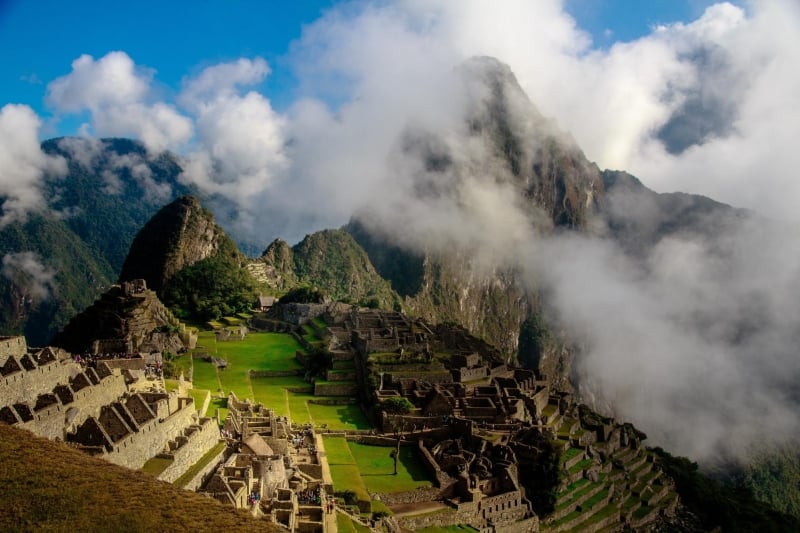
Image credit: Scott Umstattd (via Unsplash)
The Inca Trail Variations
Due to its popularity, the Inca Trail is only operated by companies licensed for trekking Machu Picchu. Permits are extremely limited with only 200 permits a day granted to trekkers (300 for support staff).
PS: The permits sell out quickly, so make sure to book at least 6 months in advance.
The Inca Trail can be separated into the Classic Inca Trail, the Short Inca Trail and the Salkantay/Inca Trail combo.
1. The Classic Inca Trail
The Classic Inca Trail, running from Cusco to Machu Picchu, is the perfect option for those who desire to trek the original route of pilgrimage to Machu Picchu.
The route is known for its beautiful Andean scenery and compelling history. However, the route can feel a bit too crowded. It also is tougher on your knees as there are lots of long stairs’ stretches to go up and down.
Distance: 45km
Average distance per day: 12km
Highest altitude: 4,200m
Number of days trekking: 4 days and 3 nights. You can extend your trek to 5 days and 3 nights if you wish to spend an extra day at Machu Picchu.
Difficulty: ⅗
Accommodation: Camping.

Image credit: John Salzarulo (via Unsplash)
The many steps can be tough on your knees and the altitude of Dead Woman’s Pass will be the greatest challenge. Although challenging, the trek is certainly not impossible.
Best time to trek: The best time to trek the Inca Trail will be between May-September. During this time the weather is drier and more comfortable.
This however, is also the busiest time of year to trek. If you want to avoid the crowds March/April and October/November are good. The trail is closed during February due to conservation and the trail is very wet between December/January.
2. Short Inca Trail
If you want to experience the Classic Inca Trail, but don’t have the time or aren’t looking for a too big a challenge, the Short Inca Trail is a great option and is a popular alternative to the Classic Inca Trail.
Distance: 13km
Average trek distance per day: 13km
Highest altitude: 2,700m
Number of days: trekking 2 days and 1 night
Difficulty: Easy
Best time to trek: The best time to do the Short Inca Trail is the same as the Classic Inca Trail.
Accommodation: Hotel in Aguas Calientes
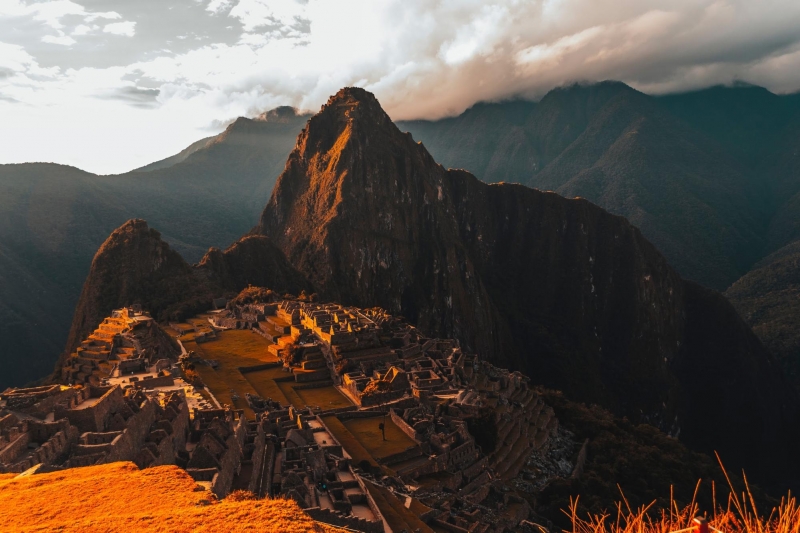
Image credit: Sebastian Tapia (via Unsplash)
3. Salktantay and Inca Trail Combo
The Salkantay and Inca Trail combo is a more strenuous alternative to the Classic Inca Trail. This is the ultimate Inca trek: the tough trek combines exposure to the beautiful snow-capped mountains and Inca ruins steeped in ancient history.
You will spend 3 days trekking around the foot of the spectacular Salkantay Mountain and then join up with the route of the Classic Inca Trail on the fourth day.
Distance: 65km
Average trek distance per day: 12km
Highest Altitude: 4,900m
Number of days trekking: 6 days and 5 nights (can be extended to 7 days and 6 nights if you want to spend longer at Machu Picchu)
Difficulty: 4/5. This is a long trek with the second day being particularly challenging.
Best time to trek: The best time to do the Salkantay/Inca Trail Combo is the same as the Classic Inca Trail.
Accommodation: Camping
Alternative trails
There are several alternative trails for trekking Machu Picchu. These treks don’t require permits and can be undertaken without a guide, although this is not recommended if you are not familiar with the area.
#TripZillaTip: When we did our Vilcababmba trek, our guide confessed that he only takes people on this trek once a year, which means the terrain and the route can be augmented significantly without anybody knowing. This is why we had to look for alternative routes a few times as the developments of Peruvian highways were disrupting these ancient trails. To avoid any issues book your trek with an experienced international operator instead of a local one.
All of these alternative routes arrive in Agua Calientes where you will spend the night in a hotel before heading to Machu Picchu, whether on a bus or on foot.
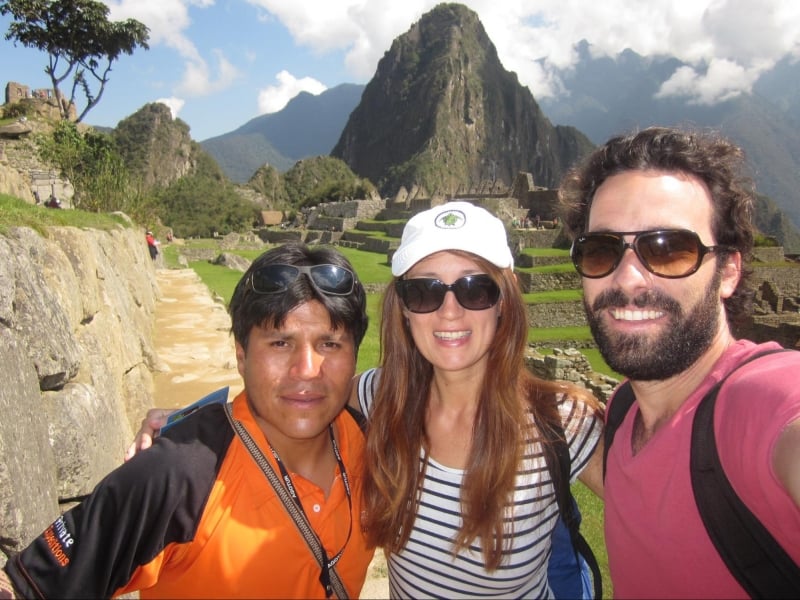
Image credit: Mark Whitman
1. Salkantay Trek
The Salkantay Trek is the most popular alternative trek to Machu Picchu. In fact, it was rated one of the 25 best treks in the world by National Geographic Adventure Magazine. This is a tough trek with some of the best scenery, from snow-capped mountains to tropical rainforests to getting up close and personal with Nevada Salkantay.
Distance: 55km
Average trek distance per day: 12km
Highest altitude: 4,600m
Number of days: 5 days and 4 nights
Difficulty: 4/5. This is a long, high altitude trek.
Best time to go: The trek can technically be completed all year round, but it’s better to go during the drier months. May-September are the best months for trekking however, the route can be a little crowded. March-April and October-November are also good months and they will be a bit quieter. Avoid the wettest months from December to February.
Accommodation: 3 nights of camping with the fourth night spent in a hotel in Aguas Calientes.
#TripZillaTip: Ask your tour operator for the options of the hotel as you can check their reviews on Tripadvisor prior to confirming your final booking.
2. Lares Trek
The Lares Trek is still relatively undiscovered and remote, but it is famous for encounters with locals in various traditional clothing.
It is an amazing option if you wish to immerse yourself in local culture and interact with authentic Peruvian communities. Enjoy the joys of local life as well as the breath-taking scenery.
#TripZillaTip: Bring a bag of sweets to gift to the local kids – their families will be very pleased and pose for your photos for much longer.
Distance: 33km (varies depending on route variation)
Average trek distance per day: 8km
Highest altitude: 4,450m
Number of days: 4 days and 5 nights (can vary depending on route variation and the number of days you choose to spend in Machu Picchu)
Difficulty: 2/5. This is not a particularly challenging trek, however there is a tough pass on day 2 that can be tricky.
Best time to go: Unlike the Salkantay Trek, the peak trekking months of May-September won’t be too crowded. March-April and October-November are also good months to trek whilst avoiding December-February is recommended.
Accommodation: Camping with your final night spent in a hotel in Aguas Calientes.
3. Choquequriao Trek
The Choquequriao Trek can be described as untamed and remote. It is a tough trek with steep inclines over mountain passes, high altitudes and high sun exposure. This trek is not for the faint of heart, but it is worth it for those brave enough to take on the challenge.
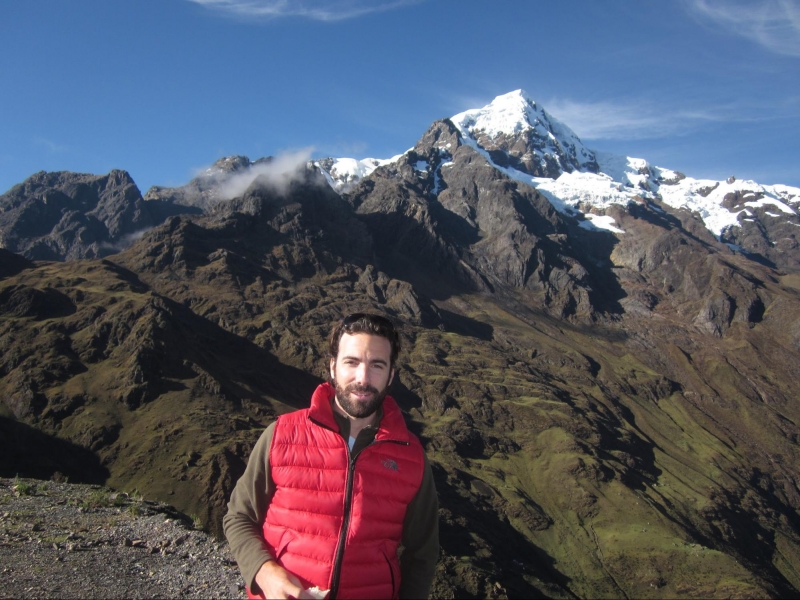
Image credit: Mark Whitman
#TripZillaTip: To make your adventure as safe as possible, check with your tour operator if they provide horses just in case you would need to be taken down a few hundred meters very fast in case of suspected altitude sickness.
Distance: 65km
Average trek distance per day: 8km
Highest Altitude: 4,670m
Number of days: 9 days and 8 nights. Can be lengthened or shortened, depending on how long you want to spend at the Choquequriao ruins and Machu Picchu.
Difficulty: 4/5. The trek is long, there are a number of high passes and intense sun during the dry season.
Best time to go: The best time to complete the trek is during the dry months of May-September, however, exposure to the sun is high during these months so make sure you’re prepared. Avoid the wettest months from December-January.
Accommodation: Camping with a night spent in a hotel in Aguas Calientes.
4. Inca Jungle Trek (or rather: Jungle Adventure)
The Inca Jungle Trek is a great option for adventure seekers as it goes beyond a standard trek and incorporates a number of adventure activities such as downhill cycling, zip-lining and river rafting.
Distance: 60km cycling; 15km trekking
Highest altitude: 4,316m
Number of days: 4 days and 3 nights. Can be shortened to 3 days and 2 nights by skipping the trekking portion.
Difficulty: 2/5. The cycle is long, but it’s downhill, so should not be too strenuous. The trekking portion is relatively easy.
Best time to go: The dry months from May-September are the best, however, March-April and October-November are also good especially if you intend on river-rafting. Avoid the wettest months of December-February.
Accommodation: Hostels, and then a night in a hotel in Aguas Calientes.
5. Vilcambamba Trek
This trek is perfect for the experienced backcountry trekker. Go off the beaten track and deep into the jungle. This sparsely visited trek is where history meets wilderness. Enjoy the diverse flora, fauna, snow-capped peaks, valleys and Incan ruins. You will be challenged but it is worth it for the diversity and beauty of the trail. Be prepared to encounter palm tree species that are so ancient they roamed the fauna kingdom on Earth at the same time when dinosaurs inhabited it!
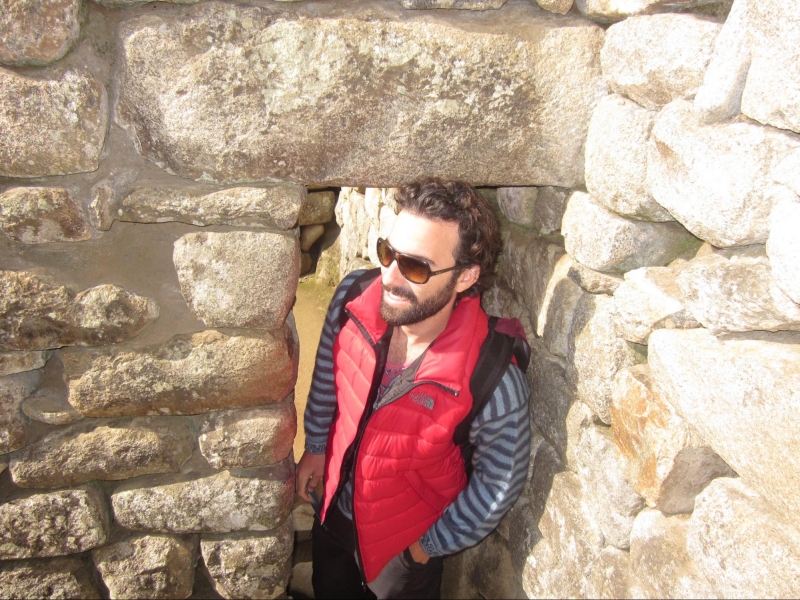
Image credit: Mark Whitman
Distance: 62km
Average trek distance per day: 16km
Highest Altitude: 4,500m
Number of days: 5 days and 4 nights
Difficulty: 5/5. This is the most challenging trek on the list, you will experience long days on foot and high mountain passes.
#TripZillaTip: Pack up some knee and ankle bandages to ease the pain of strenuous hiking after your second day.
Best time to go: As with the other routes the best time to trek is during the dry season between May-September, luckily, the trail is almost always empty, so you don’t need to worry about avoiding the crowds during peak trekking season.
Accommodation: Camping with a night pent in a hotel in Aguas Calientes.
6. Huchuy Qosco Trek
This beautiful trek is perfect if you have limited time. Enjoy the gorgeous scenery and Huchuy Qosco ruins on your way to Machu Picchu!
Distance: 20km
Average trek distance per day: 10km
Highest altitude: 4,230m
Number of days: 3 days and 4 nights
Difficulty: 2/5. The trek is short and relatively easy.
Best time to go: Due to the trek being so short it is possible to trek the route all year round, even in the wettest months of December-February, obviously you’ll need to check the weather forecast beforehand to prevent being caught in the rain. The optimal trekking months are between May-September, the trail is typically quiet during this period which is a plus.
Accommodation: One night of camping followed by a night in a hotel in Aguas Calientes.
See you in Machu Picchu!
And there you have it – the only comprehensive guide you’ll need to conquer this ancient beauty. Ready to start trekking Machu Picchu? See you at the peak!
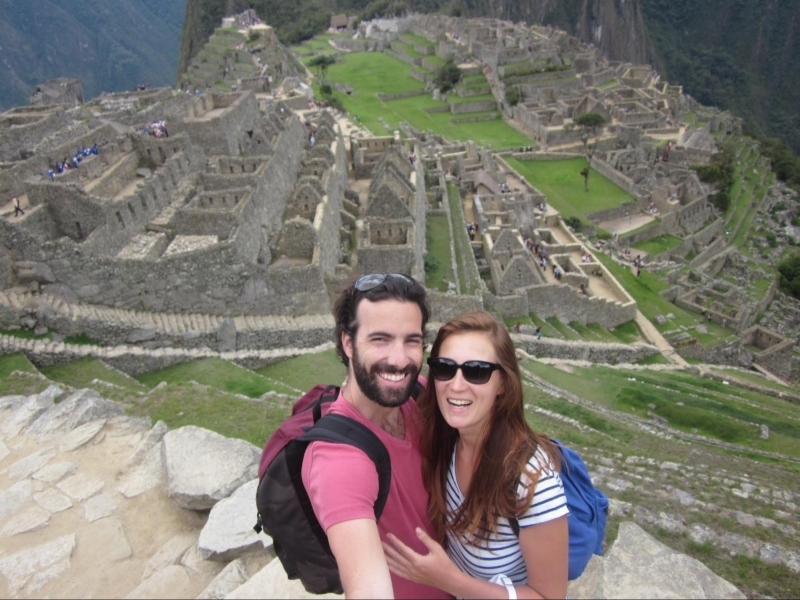
Image credit: Mark Whitman
Along with his wife Mila, Mark has been traveling the world of years, trekking some of the world’s most iconic and challenging routes. Together, they run MountainIQ, where they share comprehensive climbing guides and tips, document their adventures and more. Visit their website for all things trekking and mountains!




